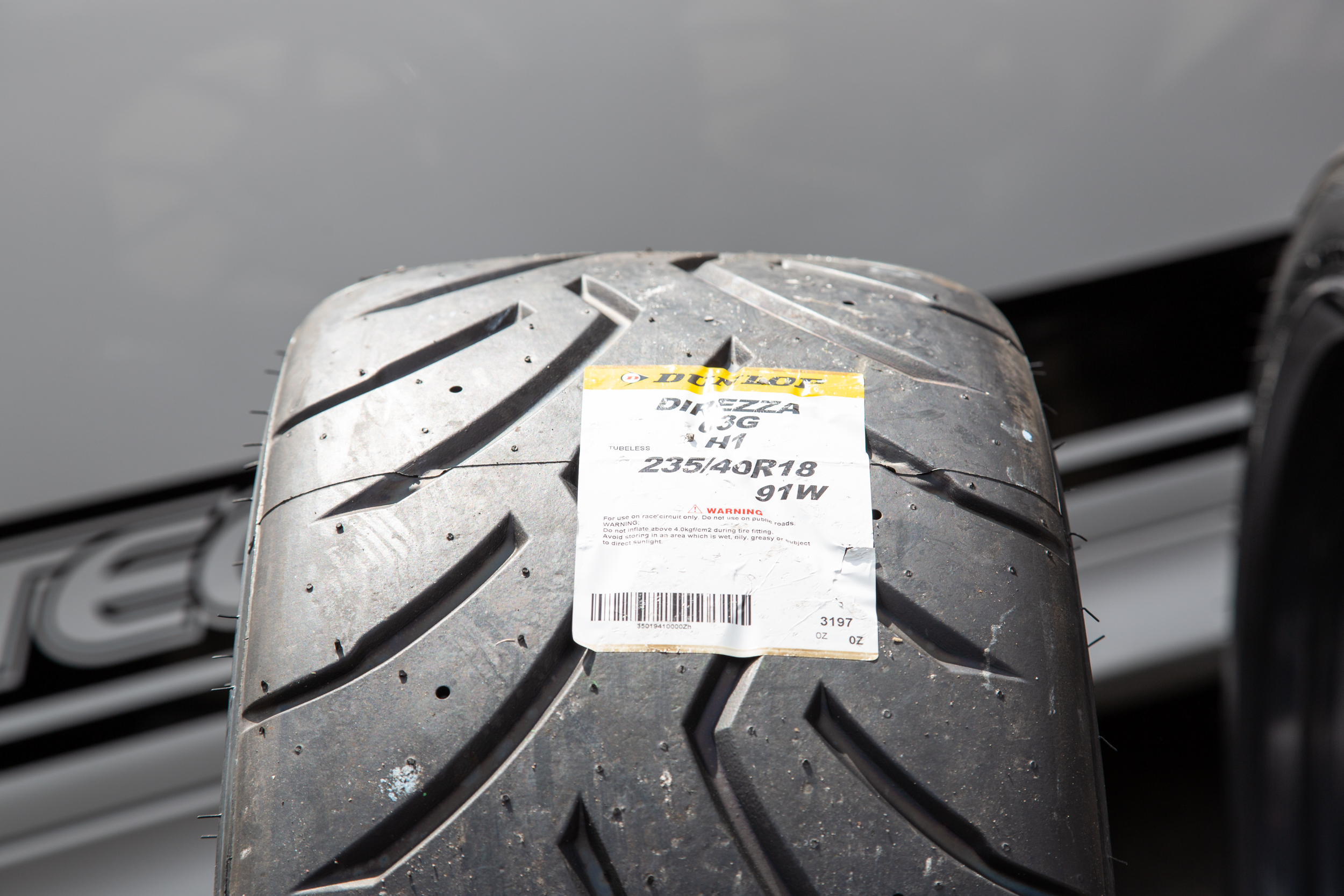All Categories
Featured
Table of Contents
The Michelin offered a comfy driving experience, qualified by responsive steering and a modern understeer equilibrium. Regardless of the cooler screening problems, Michelin's constant time and grasp over three laps shows its viability for real-world applications. Alternatively, Yokohama's performance was distinct. While its super-quick guiding caused a rapid front axle turn, the rear showed a propensity to turn extra.
The tire's first lap was a 2nd slower than the second, pointing to a temperature-related hold rise. For day-to-day usage, the Michelin might be a much safer wager.
Honest Wheel Alignment
It shared Michelin's risk-free understeer balance however lacked the latter's readiness to turn. Continental and Goodyear's efficiencies were noteworthy, with Continental's brand-new PremiumContact 7 revealing a significant improvement in wet problems compared to its predecessor, the PC6. This model was far much less sensitive to pack changes and acted similar to the Michelin, albeit with slightly less interaction at the limit.
It incorporated the secure understeer balance of the Michelin and Continental with some sporty handling, verifying both predictable and fast. As an all-rounder for this Golf GTI, Goodyear's Asymmetric range was the standout, showing outstanding efficiency in the damp. The Bridgestone Potenza Sporting activity took the crown as the fastest tire, albeit by a tiny margin.
Drivers seeking an exciting wet drive could discover this tyre worth thinking about. The standout performer in damp stopping was the newest tyre on examination, the PremiumContact 7, though the results are nuanced.
Best Discount Car Tyres
Ideally, we desired the chilly temperature examination to be at around 5-7C, yet logistical delays indicated we evaluated with an ordinary air temperature of 8C and water at 12C. While this was cooler than conventional examination conditions, it was still warmer than real-world problems. The cozy temperature level examination was done at approximately 18C air and 19C water.
The 3rd run involved wet stopping examinations on used tires, especially those machined down to 2mm with a little encounter. While we planned to do more with these used tyres, weather restrictions restricted our testing. It's worth noting that damp stopping is most important at the worn state, as tyres normally boost in completely dry problems as they wear.

Bridgestone, Goodyear, and Michelin saw the least efficiency reduction when used. The Hankook tire signed up the smallest performance drop as temperatures cooled down, but it was amongst the most affected when put on.
Reliable Wheel Alignment Services – Embleton WA
The take-home message below is that no solitary tire succeeded in all facets of damp braking, indicating a complicated interplay of factors influencing tire performance under various problems. There was a standout tire in aquaplaning, the Continental finished top in both straight and curved aquaplaning, with the Michelin and Goodyear likewise great in deeper water.

Yokohama might benefit from somewhat even more grip, a problem possibly affected by the colder conditions. When it comes to managing, all tyres executed within a 2% variety on the lap, demonstrating their top notch efficiency (Tyre tuning). Taking into consideration these tires essentially target the same customer, it's fascinating to observe the significant distinctions in feel.
The shock is due to the fact that the PremiumContact 6 was just one of my favourites for flashy completely dry drives, yet its successor, the PremiumContact 7, seems elder and looks like Michelin's efficiency. Among these, Hankook was the least precise in steering and communication at the limitation. Tyre replacement. Both Michelin and Continental supplied charming preliminary guiding, albeit not the fastest
If I were to advise a tire for a fast lap to a newbie, say my papa, it would be among these. We have the 'enjoyable' tires, namely Yokohama and Bridgestone. Both were swift to guide and felt sportier than the others, however the trade-off is an extra spirited back end, making them a lot more tough to handle.
Honest Tyre Safety Checks – Embleton WA
It provided similar steering to Bridgestone but offered much better feedback at the limit and far better grip. The Bridgestone Potenza Sporting activity, nonetheless, seemed to degrade quite quickly after simply three laps on this requiring circuit. There's Goodyear, which positioned itself someplace between the fun tyres and those often tending towards understeer.
All in all, these tyres are superb performers. In terms of tyre wear, the technique utilised in this test is what the industry refers to as the 'gold standard' of wear.
Both the Bridgestone and Yokohama tyres dramatically underperformed in contrast to the various other four tires in terms of rolling resistance, with Continental a little outmatching the rest. Regarding the convenience degree of the tires, as expected, the majority of demonstrated an inverted relationship with handling. The Continental, Michelin, and Goodyear tyres executed best across numerous surface area types tested.

Bridgestone began to reveal indicators of suppleness, while Yokohama was specifically jarring over gaps. We did gauge interior sound levels; nevertheless, as is frequently the case, the results were very closely matched, and as a result of weather restraints, we were unable to carry out a subjective evaluation of the tyres noise. We looked at abrasion numbers, which determine the amount of tyre step lost per kilometre, normalised to a one-tonne car.
Top Budget Car Tyres Near Me – Embleton WA
This figure stands for the amount of rubber dirt your tires generate while driving. Michelin led in this group, generating over 9% less rubber particulate matter.
Latest Posts
Vehicle Tyres Near Me (Bayswater)
Tyre Replacement – West Swan
Tyre Safety ( Stirling 6059 WA)